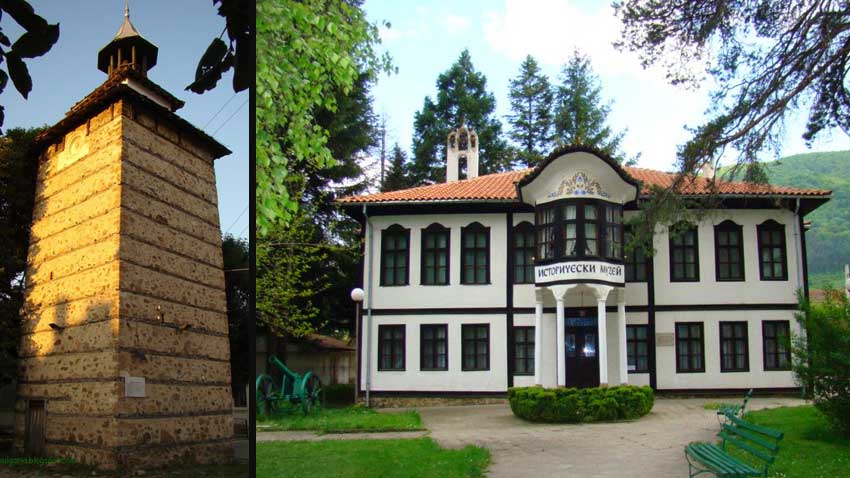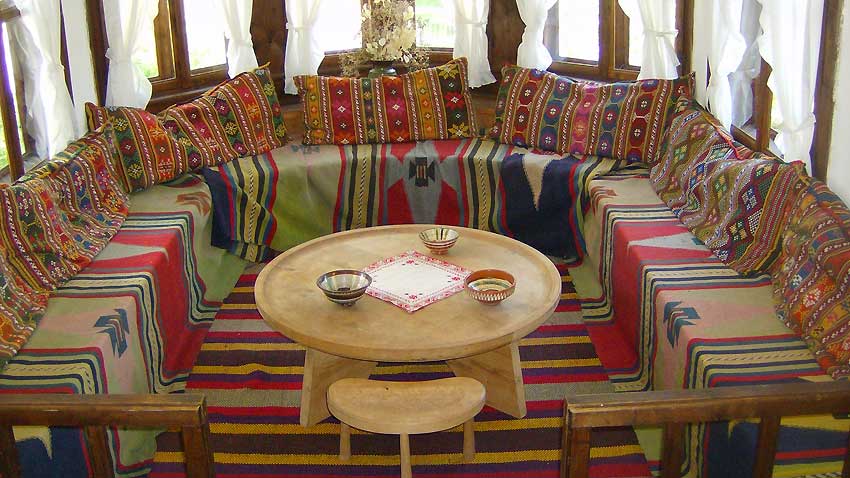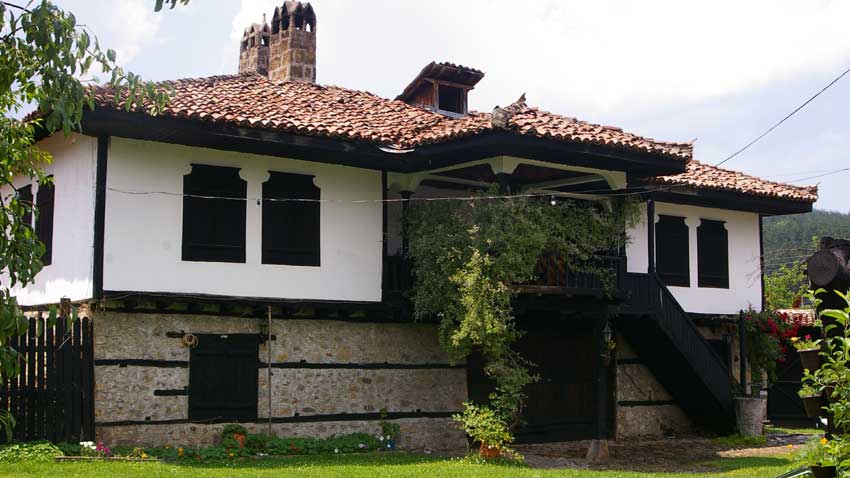Etropole is a small town located some 81 kilometers away from Sofia. Tourists are impressed by the well-preserved houses from the Bulgarian Revival. Some of them have been turned into attractive family hotels and offer good conditions for a holiday near the beautiful mountain. Among the tourist sites of the town is the 20-meter high clock tower built in 1787. It was originally conceived as a defensive tower, but a century later was turned into a clock tower. In the past Etropole was famous as a handicraft center.

The local historical museum is included in the list of the 100 national tourist sites and visitors can see unique artefacts. The building of the museum is an architectural monument itself. Built in 1853 it had the function of a town hall and in 1968 it was turned into a historical museum. More about Etropole and the rich collection of the museum from curator Tanya Denova:
"In 10 exhibition halls we have shown the cultural heritage of the region and of the town. The first settlers here were the Thracians. They settled in the region in 7-6 century BC. There are several theories about the origin of the town’s name. One is that it derives from Thracian name "etropara" which means Rapid River. Others say the name is related to the Old Bulgarian word "antropole" or enclosed area. Etropole is located on main ancient roads connecting Northern Bulgaria and the Danube with Thrace and Macedonia. This fact was a prerequisite for the economic prosperity of the city in the past. Thracian household items and jewelry are shown in the "Archaeology" hall of the museum. During the First and Second Bulgarian Kingdom Etropole was one of the main centers for supplying the Bulgarian State with iron, copper and gold. Later, during the 15-17 century, the city became a center of mining and metal processing. During the Revival a great number of crafts flourished. In the main hall of the museum, we present artistic mastery of the Bulgarian woman and her sense of beauty. The exhibition contains authentic costumes typical of the region area. In the past Etropole was an important spiritual and enlightenment center. In the exhibition hall on the second floor one can see works of the Etropole Calligraphic Art School dating back to the 17th century. "

Among the tourist sites of Etropole is the Arnaudov's house built in 1850 and later turned into an attractive museum. Once it belonged to local tradesman Nikolcho Arnaoudov. Today the site is visited by a great number of tourists who wish to get acquainted with the way a typical Bulgarian house of the Revival period looked like.

English: Alexander Markov
Photos: Veneta Nikolova
With its stone-roof old houses, steep alleyways winding up into the mountain, and stone fences, Kovachevitsa stands out as one of the most delightful romantic villages in the country, a breathtaking corner in the Rhodopes that seems untouched by..
Bulgaria abounds with diverse nature and beautiful places that anyone would love to visit even more than once. Many tourist destinations are accessible by train. To assist people looking for options for nature walks or trips to other cities during..
More than two million international tourists are expected to visit Bulgaria in the coming winter season, interim Tourism Minister Evtim Miloshev told Nova TV. In total, more than 3.2 million foreign visits are expected, including one-day and..

+359 2 9336 661
